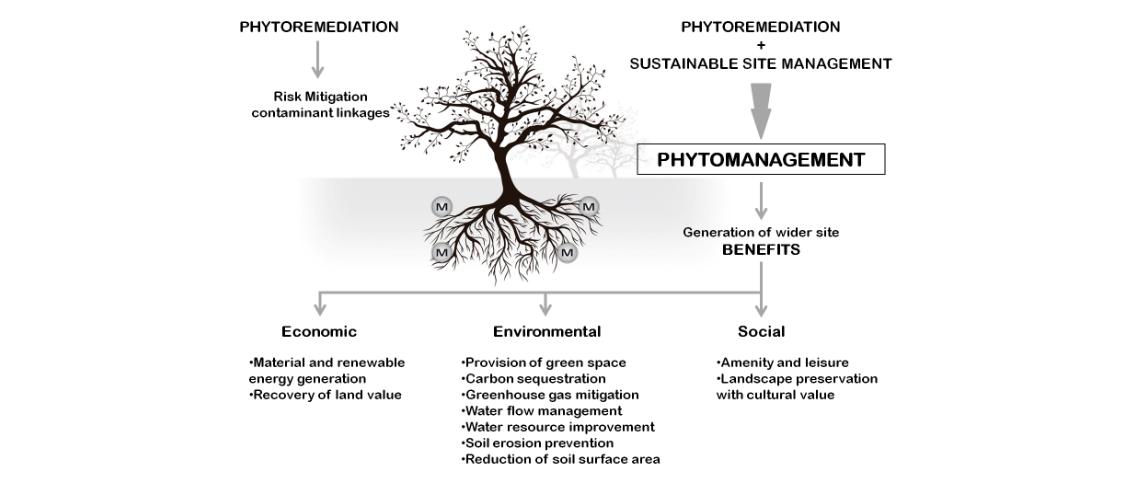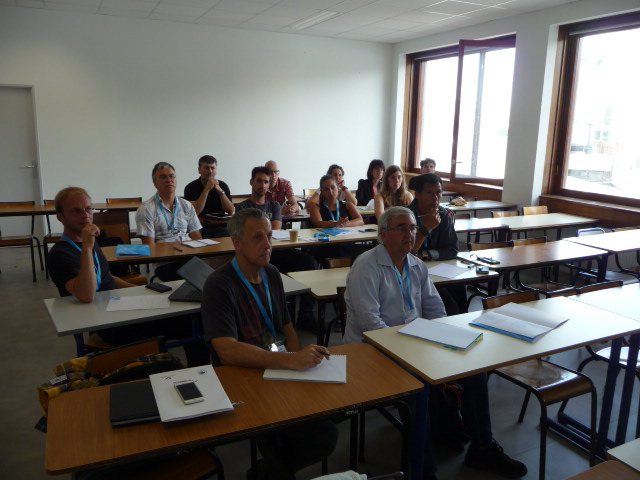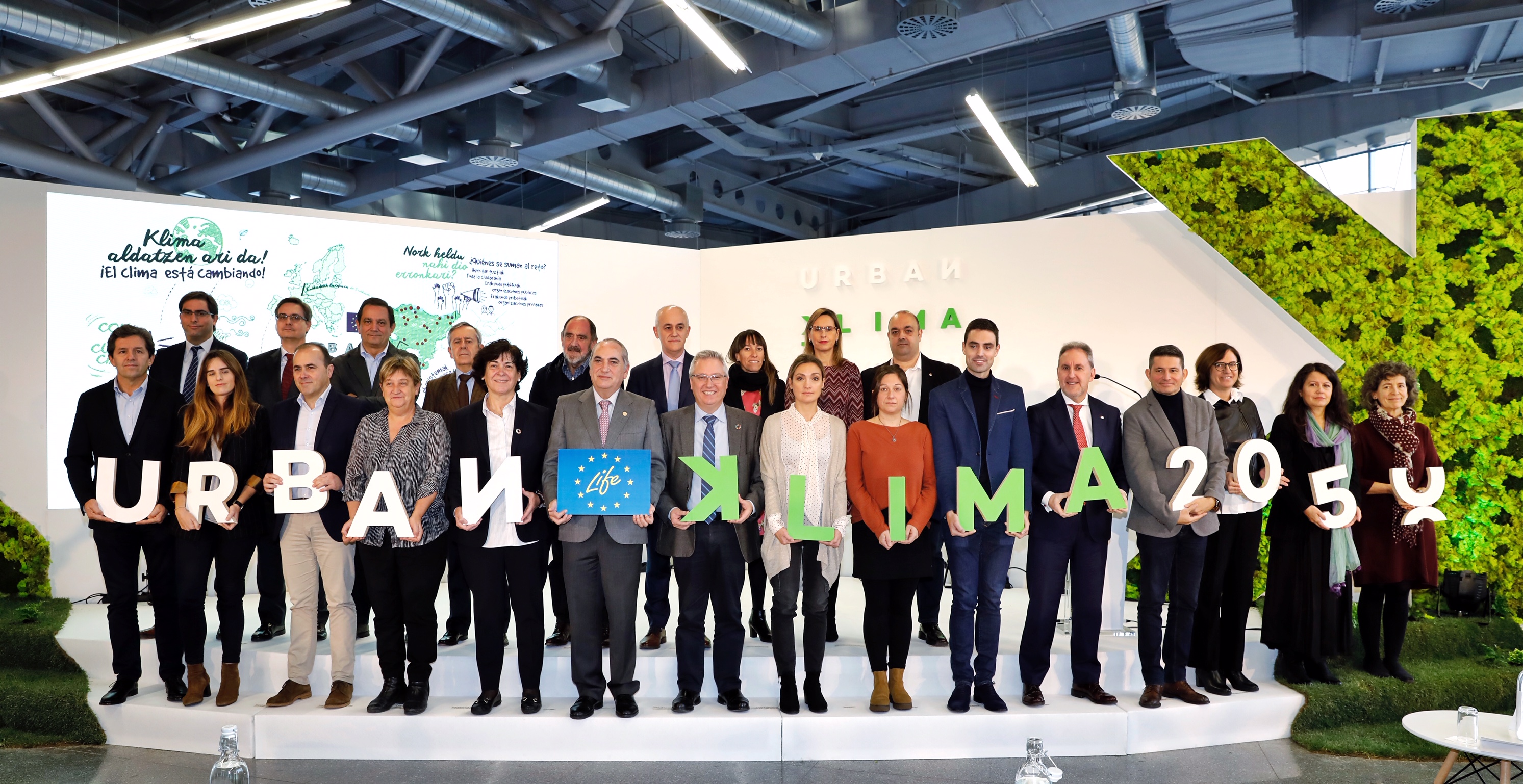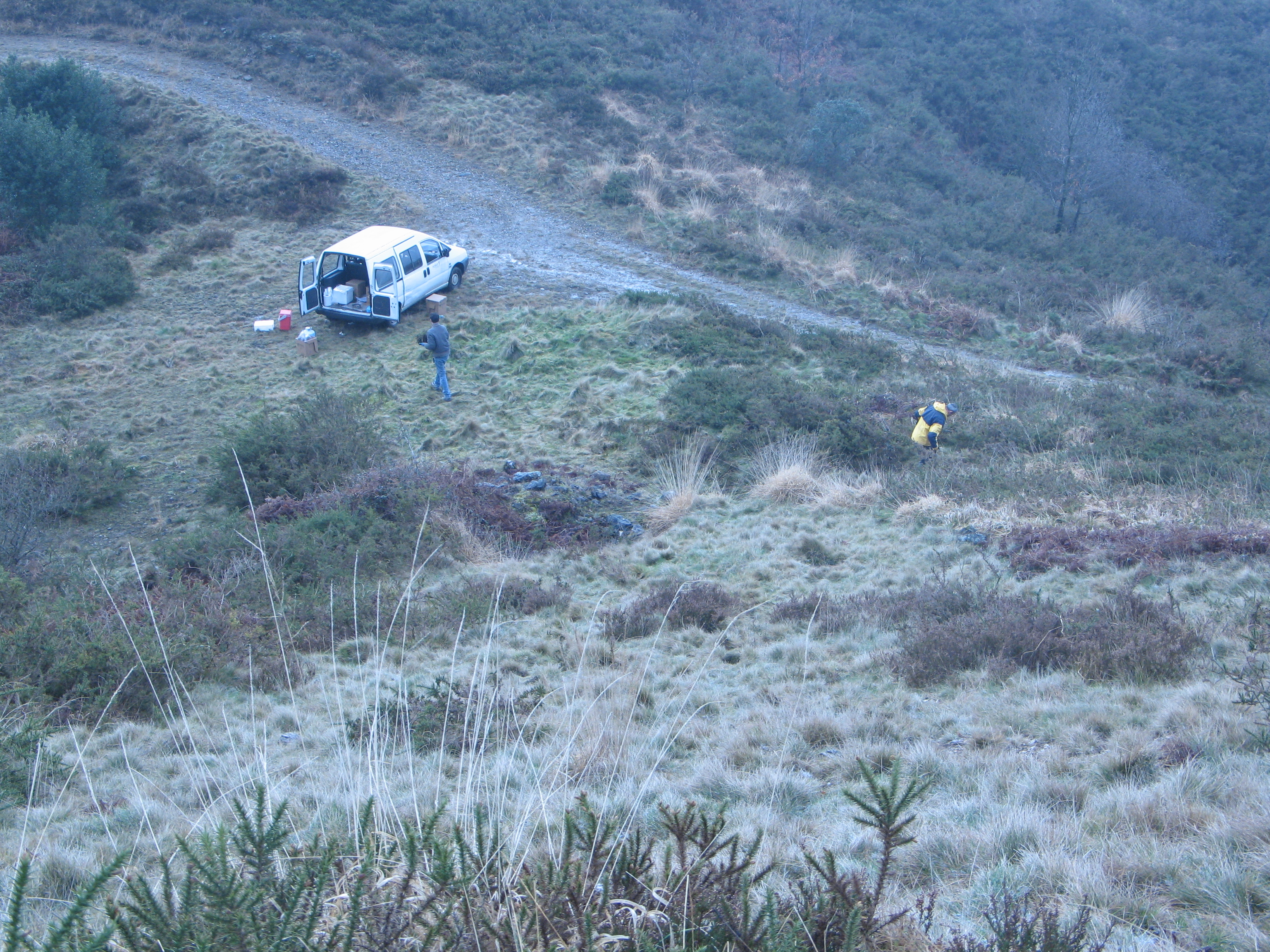Authors: Aritz Burges, Itziar Alkorta, Lur Epelde and Carlos Garbisu
Journal: International Journal of Phytoremediation
Vol: 20, 384-397
Date: 2018
Since the emergence of phytoremediation, much research has focused on its development for (i) the removal of metals from soil and/or (ii) the reduction of metal bioavailability, mobility, and ecotoxicity in soil. Here, we review the lights and shades of the two main strategies (i.e., phytoextraction and phytostabilization) currently used for the phytoremediation of metal contaminated soils, irrespective of the level of such contamination. Both strategies face limitations to become successful at commercial scale and, then, often generate skepticism regarding their usefulness. Recent innovative approaches and paradigms are gradually establishing these phytoremediation strategies as suitable options for the management of metal contaminated soils. The combination of these phytotechnologies with a sustainable and profitable site use (a strategy called phytomanagement) grants value to the many benefits that can be obtained during the phytoremediation of metal contaminated sites, such as, for instance, the restoration of important ecosystem services, e.g. nutrient cycling, carbon storage, water flow regulation, erosion control, water purification, fertility maintenance, etc.




